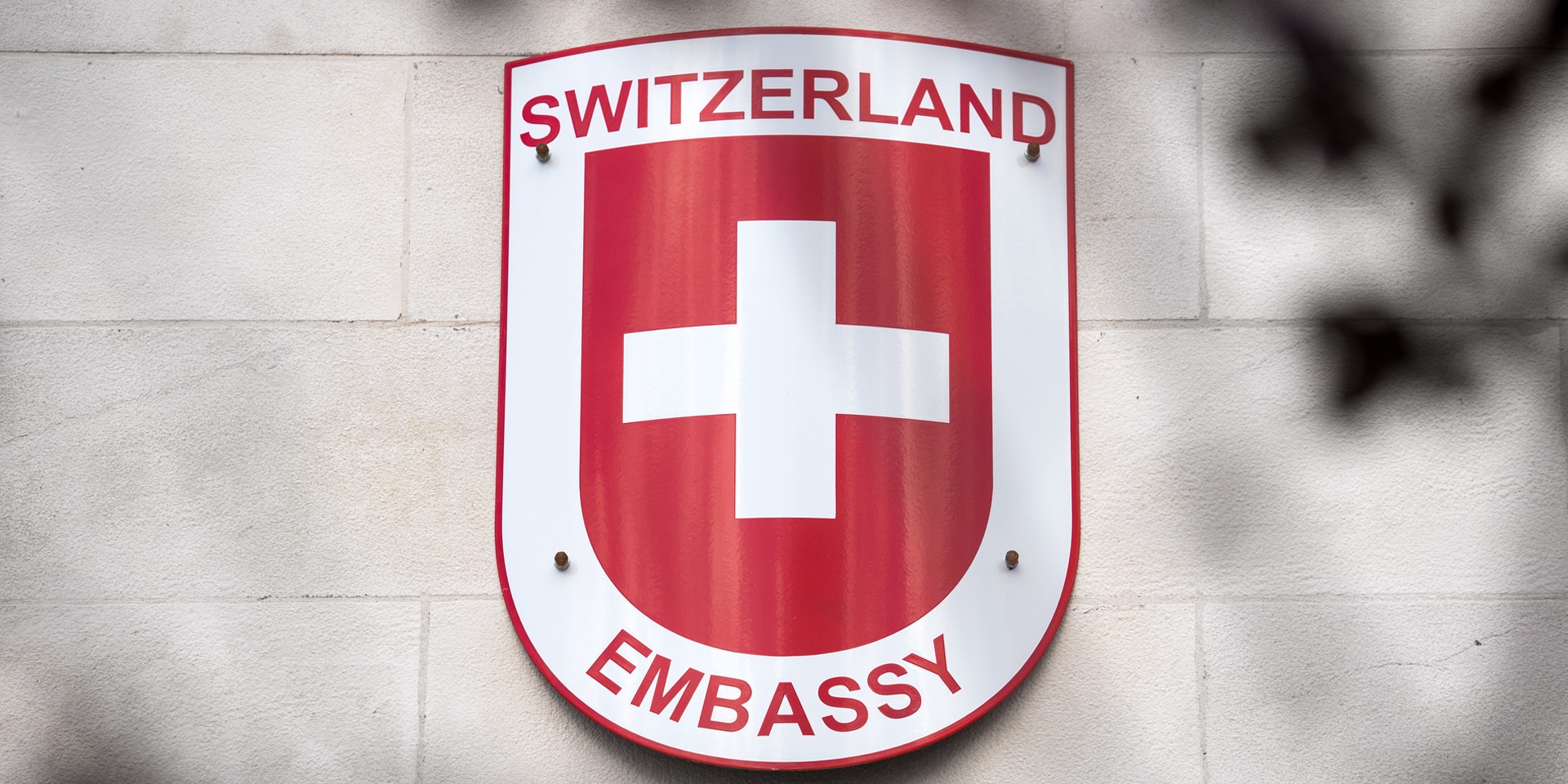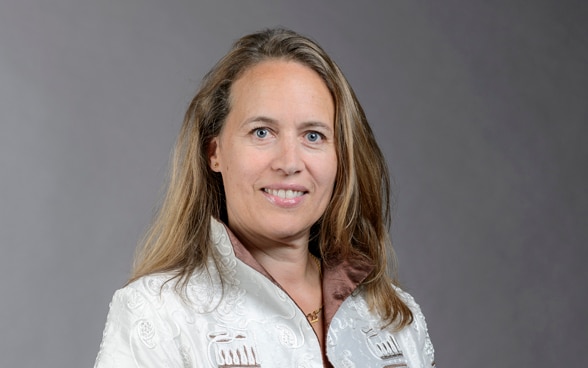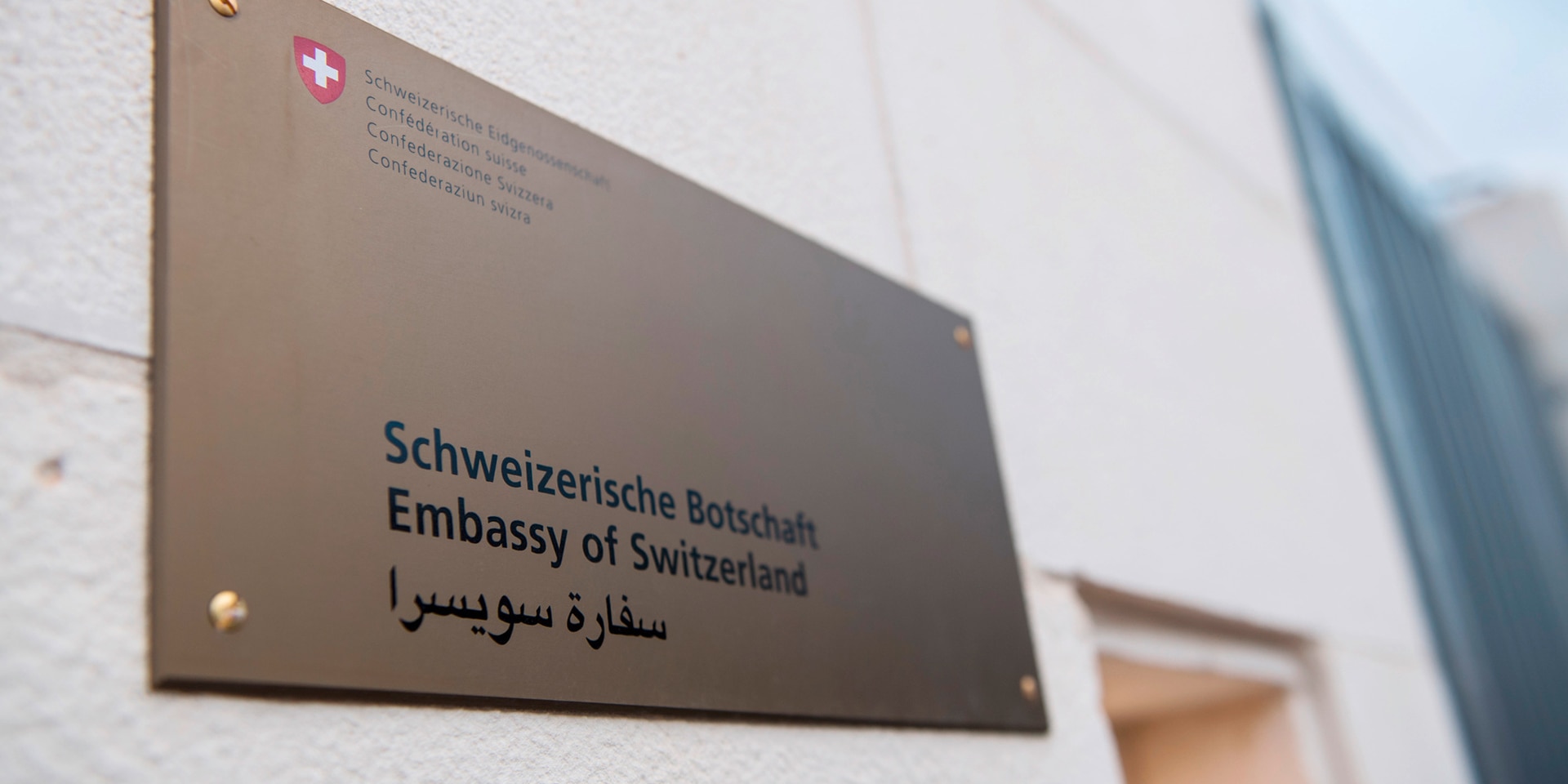The right people in the right posts to safeguard Switzerland's interests
Every year, some 300 FDFA staff are redeployed in accordance with the department's job rotation principle. FDFA staff are transferred in accordance with established processes in order to ensure that the right people are deployed to the external network, thus enabling the department to safeguard Switzerland's interests.

Transfers follow clearly defined procedures. © FDFA
The FDFA works to ensure that transfers follow clearly defined procedures. The FDFA must have an overview of requirements across the FDFA and ensure optimal staffing at head office and the entire external network in order to successfully implement Switzerland's foreign policy strategy.
Both at head office in Bern and in the external network, it is essential to appoint the people who are best qualified to implement Switzerland's foreign policy strategy effectively. Federal Councillor Ignazio Cassis underlines this point: "Let me stress that my staff are very important to me. They have a major responsibility for Switzerland's image abroad."

In this interview Tania Cavassini, head of the Directorate for Resources, explains the main aspects of the FDFA's transfer policy.
"Arbitrary." Recently this is how the FDFA's transfer practices have been described. Ms Cavassini, you are ultimately in charge of the FDFA's personnel. What do you have to say to that?
I categorically reject this criticism. Quite the opposite is true. Transfers have always been carried out according to clearly defined processes which apply equally to all transferable staff and have been known to everyone for years.
So what exactly is the policy?
All transferable FDFA staff undertake to change their post and their place of work every four years. The possibility that they might be transferred is an integral part of their employment contract. After a maximum of three years in the same posting, all transferable staff regularly apply for a new position in the following year. As the employer, the FDFA expects each staff member to make three to six applications, at least one of which must be for a position in a difficult context. Applicants can and should of course indicate their personal preferences. These are not binding but we do try to accommodate individual preferences as far as possible,
Why is there no entitlement?
The FDFA has to look at the big picture and ensure that the entire external network and the head office in Bern are optimally staffed. We are all aware of that. And in most cases we do manage to achieve an optimal match between the wishes of the applicant and the demands of the FDFA.
What is the transfer process for heads of mission?
For top management roles like these, several years ago the FDFA's Human Resources Division introduced hearings to allow candidates to explain their motivation and qualifications in person to the responsible selection committee. The candidates must also pass an assessment beforehand, which has to prove that they have the necessary skills to take on a top-level role.
The Foreign Affairs Committee was briefed on the topic at its regular meeting on 11 January 2021. It noted that the transfer process had already been revised in 2017 and therefore did not take any decisions.
This addition was made on 12.01.2021.

